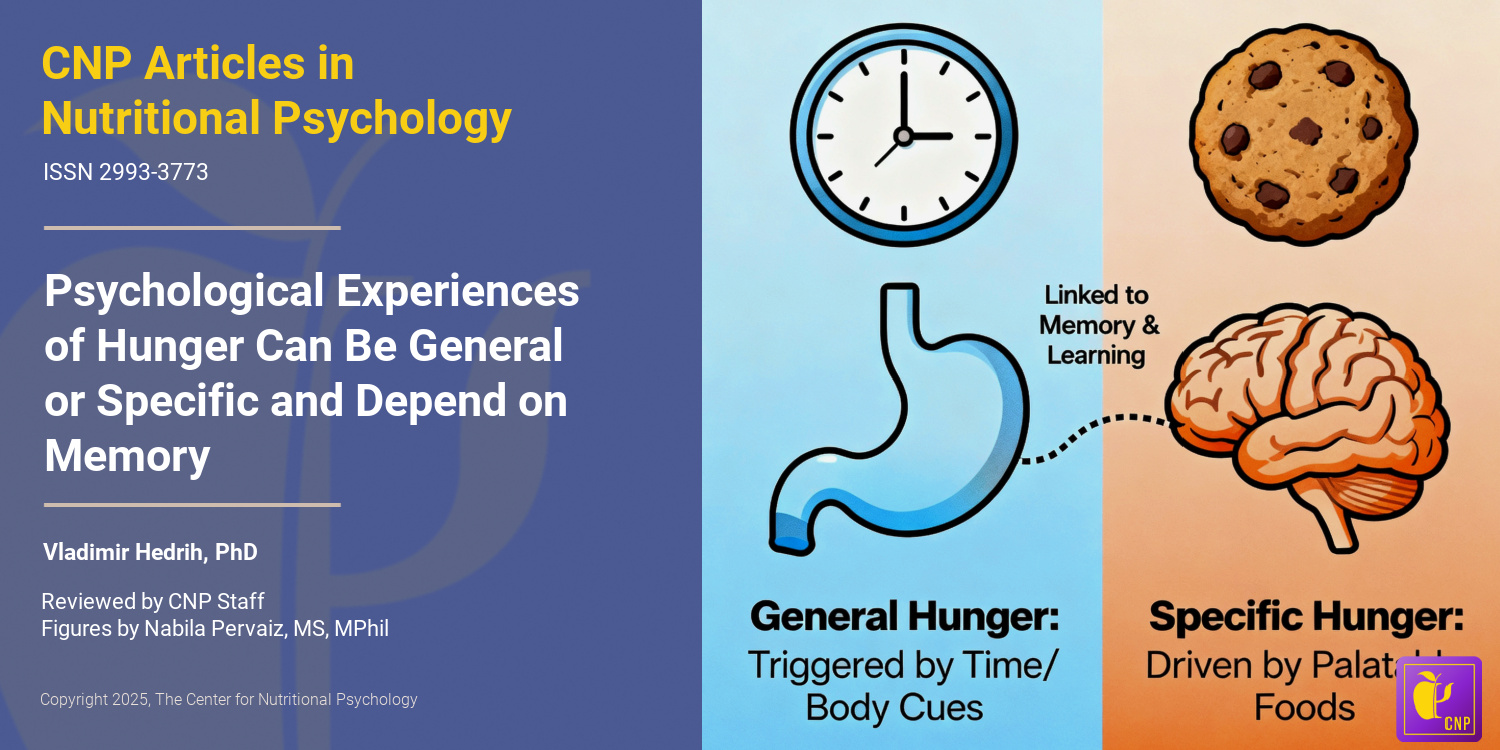Eating behavior patterns in relation to obesity phenotypes and beige adipose tissue content with a focus on young women; a narrative review
Eating behaviors encompass more than just the physiological need to satisfy hunger; they significantly influence emotion regulation, reward systems, and adaptation to environmental factors. Individualized eating styles, which are shaped by genetic, familial, social, and personality influences, serve as critical determinants of the risk for eating disorders and obesity, along with their metabolic complications. The literature differentiates between adaptive and maladaptive eating styles, highlighting their disparate impacts on body weight regulation and health behaviors. Obesity is recognized as a heterogeneous clinical condition characterized by a spectrum of phenotypes that vary in adipose tissue distribution (visceral vs. subcutaneous), severity of metabolic disturbances, and adipocyte biological activity. Recent studies have increasingly focused on the functional diversity of adipose tissue, particularly beige adipose tissue (BeAT), which is recognized for its role in thermogenesis and glucose regulation and serves as a protective factor against insulin resistance and metabolic syndrome. The activity of BeAT is subject to variation influenced by behavioral factors, including eating patterns. This review synthesizes current evidence on the interrelationships among eating styles, obesity phenotypes, and beige adipose tissue, specifically targeting young women under 25 years of age. This demographic is particularly vulnerable due to dynamic hormonal changes and the potential establishment of lasting eating habits. By integrating psychological and biological determinants of obesity, this paper proposes a conceptual framework that links eating styles with adipose tissue distribution and metabolic activity, emphasizing BeAT as a promising target for the early prevention of metabolic disorders. [NPID:
Year: 2025
 Navigation
Navigation









